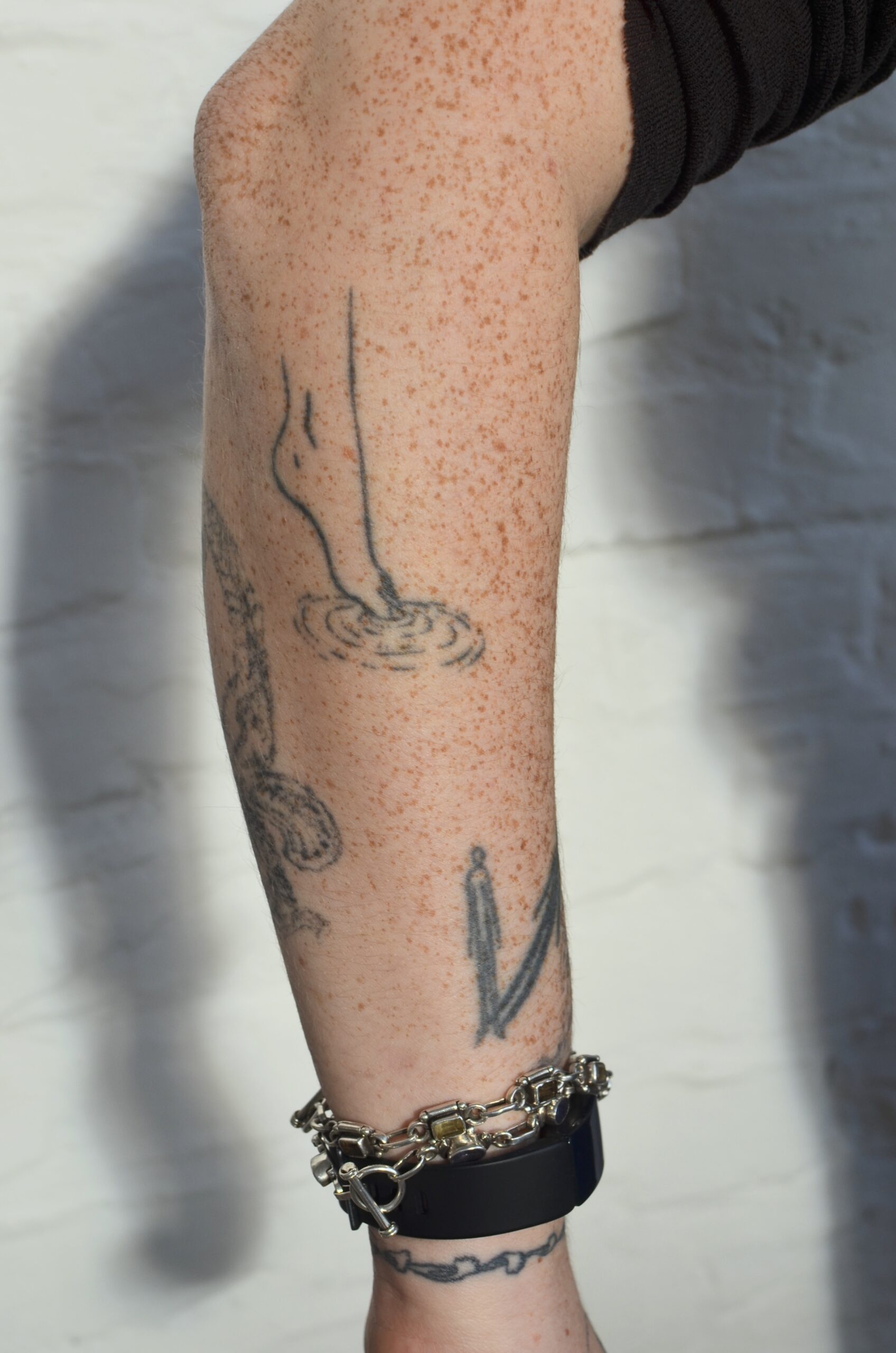What is the difference between acute and chronic tennis elbow?
Title: Understanding the Difference between Acute and Chronic Tennis Elbow
Introduction:
Tennis elbow is a common condition that affects many individuals, both athletes and non-athletes alike. It is characterized by pain and inflammation on the outside of the elbow. Understanding the difference between acute and chronic tennis elbow is crucial in managing and treating the condition effectively. In this blog, we will delve into the details of both types of tennis elbow to help you gain a thorough understanding.
Acute Tennis Elbow:
Acute tennis elbow usually occurs suddenly as a result of an injury, overuse, or trauma to the elbow. It is often characterized by intense pain, tenderness, and swelling in the outer part of the elbow. The pain may radiate down the forearm, making it difficult to perform simple tasks that involve gripping or lifting objects. Acute tennis elbow typically lasts for a short duration, ranging from a few days to a few weeks.
Common causes of acute tennis elbow include excessive and repetitive use of the forearm muscles, such as during a forceful backhand stroke in tennis, painting, or excessive computer mouse use. It can also be caused by a sudden trauma or strain to the elbow, such as a fall or a direct blow.
Chronic Tennis Elbow:
Chronic tennis elbow, on the other hand, refers to a long-term condition where the symptoms persist for a prolonged period, usually exceeding three months. Unlike acute tennis elbow, chronic tennis elbow often develops gradually over time. The pain may be less intense compared to the acute stage, but it can become persistent and affect daily activities, such as lifting a cup or opening a jar.
Chronic tennis elbow is commonly associated with repetitive hand and wrist movements, such as gripping tools, typing, or operating machinery. It can also develop as a result of inadequate healing of an acute tennis elbow. Factors like insufficient rest, improper treatment, or returning to activities too soon can contribute to the progression from acute to chronic tennis elbow.
Treatment Approaches:
Both acute and chronic tennis elbow require proper treatment to alleviate symptoms and prevent further complications. The treatment approaches for both types may overlap, but chronic cases often necessitate a more comprehensive and long-term management plan.
Treatment options for tennis elbow include:
1. RICE (Rest, Ice, Compression, Elevation) therapy to reduce inflammation and promote healing.2. Over-the-counter pain medications, such as nonsteroidal anti-inflammatory drugs (NSAIDs), to alleviate pain and inflammation.3. Physical therapy exercises and stretches to improve strength and flexibility in the affected muscles and tendons.4. Use of elbow braces or straps to provide support and relieve strain on the affected area.5. In severe cases, corticosteroid injections may be recommended to reduce inflammation and provide temporary relief.6. In chronic cases that do not respond to conservative treatment, surgery may be considered as a last resort.
Conclusion:
Understanding the difference between acute and chronic tennis elbow is vital for effective management and treatment. Acute tennis elbow typically develops suddenly and lasts for a shorter duration, whereas chronic tennis elbow develops gradually and persists for a longer period. Regardless of the type, seeking timely medical attention, following a comprehensive treatment plan, and making necessary lifestyle modifications are essential to recover from tennis elbow and prevent its recurrence. Remember, early intervention and proper care can help you get back to pain-free and unrestricted movement.



